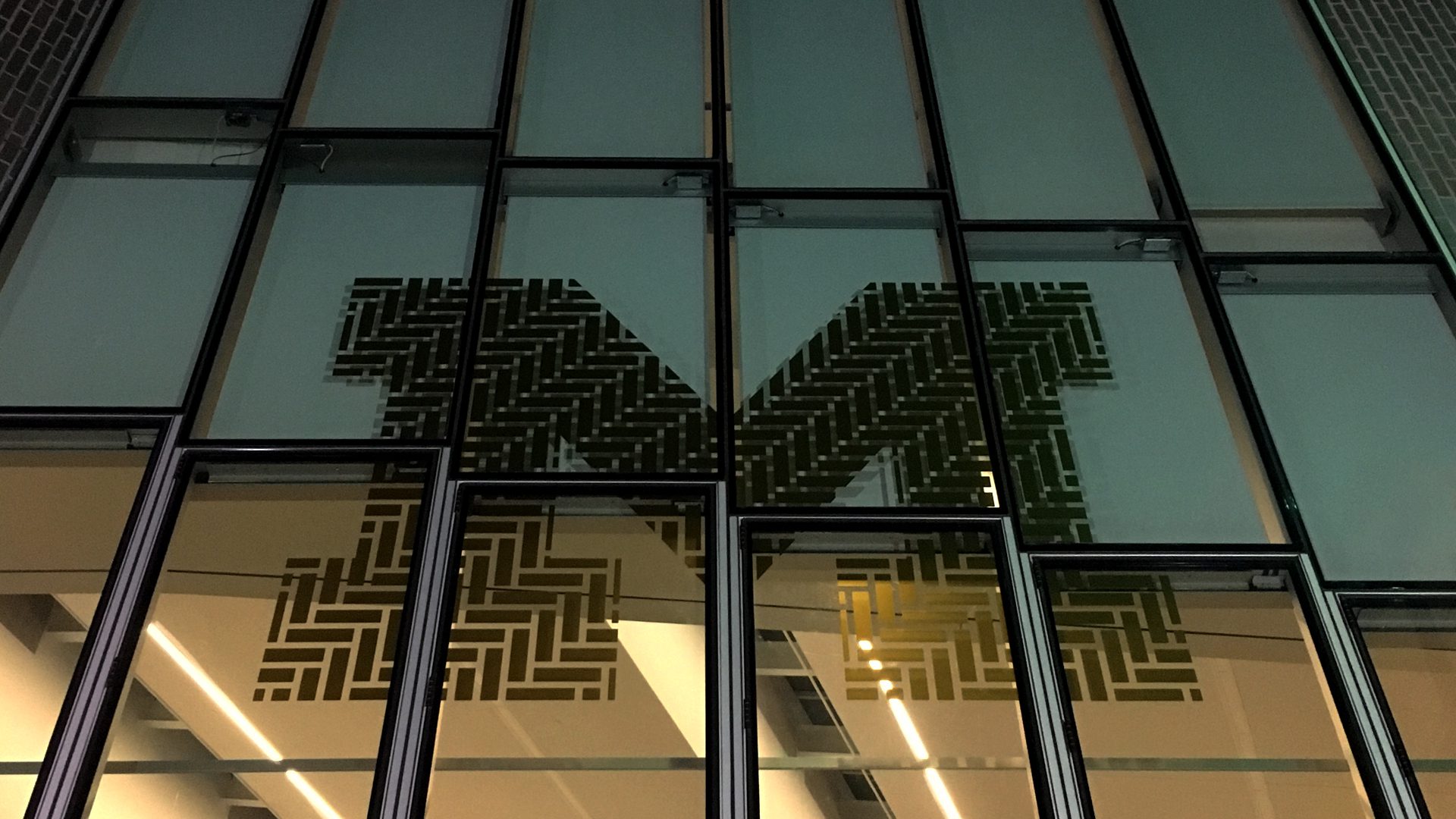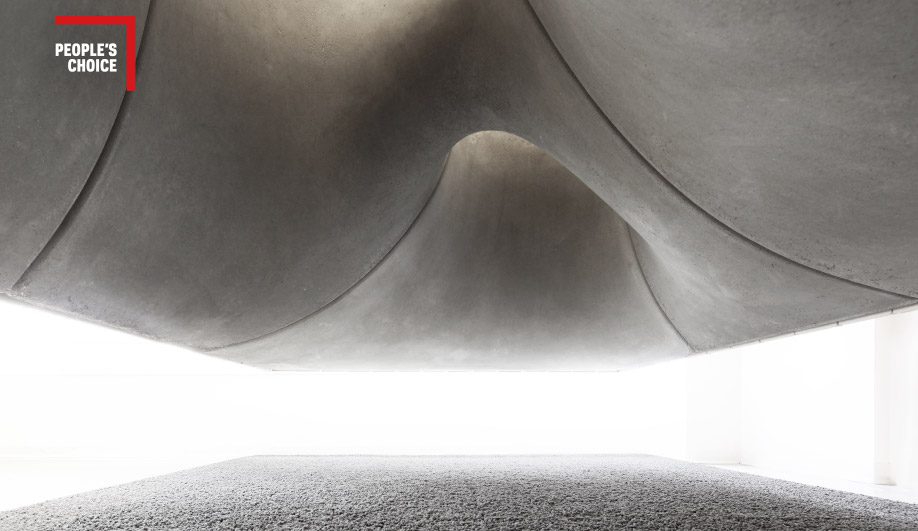
Widespread protests and the global campaign against police brutality have again in the past week called attention to longstanding problems of structural racism and state violence, especially against African Americans. Robert Sellers, Vice Provost for Equity, Inclusion and Chief Diversity Officer at the University of Michigan, shared his perspective in an essay titled I Am So Tired. I know that many in the Taubman College community—and especially students, staff, and faculty of color—are tired, too. Tired of seeing black folks killed in the streets. Tired of seeing police and other perpetrators go unpunished. Fed up with having to monitor their actions to avoid becoming the target of another such attack. Fed up with pervasive silence and complacency.
I write on behalf of Taubman College leadership to recognize the pain, anger, and anguish of this time, and to salute those who resist the killings of George Floyd, Breonna Taylor, Ahmaud Arbery, and innumerable other victims of state violence. (Even as I write, I am hearing of another casualty, David McAtee.) I write to salute also those experiencing the painful impacts of police violence, racism, and oppression. We are here for you, we see you, we support you. Taubman College has no place for racism, bigotry, or hatred.
This is a time of compounded pain stemming from multiple traumas: not only police killings and repression of public protest, but also the disparate impact of COVID on communities of color in and beyond Michigan. Behind all of these is a legacy of structural racism with roots centuries deep. Taubman College students, staff, faculty, and alumni are among those generating knowledge about structural racism and creating tools for promoting spatial justice, so personal pain and outrage is often linked to our intellectual and professional work.
The University of Michigan, one of the world’s great public research universities, is dedicated to “developing leaders and citizens who will challenge the present and enrich the future.” How do we fulfil this mission in this time of crisis? The Michigan state seal proclaims tuebor, usually translated as “I will defend.” How do we defend people against racialized violence?
Michigan is a distinctive place from which to address these universal issues. From the mass-produced automobile and industrial architecture to modern design and Motown, our state was a crucible of modernity. As one of the major Great Migration destinations, the Detroit metropolitan area also helped to forge racialized patterns of urban development, segregation, and spatial violence, including the urban abandonment precipitated by racial capitalism. Just three years ago, a spate of articles, books, and films marked the fiftieth anniversary of Detroit’s 1967 rebellion against racialized state violence—a precursor to the uprisings happening now. Detroit has been hit hard by the COVID pandemic, with some of the nation’s highest death rates and stark racially disparate outcomes. Meanwhile, the image of armed protestors occupying the state capitol in Lansing to challenge public health measures has epitomized white privileges to bear arms and claim public space for which black and brown people sometimes pay with their lives.
I am thankful to all who are putting their bodies on the line to reassert civil rights in our streets. I know that Taubman College students and alumni are among them. Our community has another role to play, too, by advancing knowledge and practices that promote spatial justice. We must ally with scholars, planners, architects, designers, and advocates in and beyond the Black Lives Matter movement to learn from and support their work. We must center questions of justice in our curriculum and our research programs. We must support students, faculty, staff, and alumni in making changes that serve justice.
One of my introductions to Taubman College came five years ago, when I published essays by Prof. Joy Knoblauch and doctoral student Michael Abrahamson in a collection addressing the intersections of the Black Lives Matter movement with architecture and urbanism. Professors June Manning Thomas, Margi Dewar, Robert Fishman, and Lan Deng have shown us new ways to understand the urban abandonment shaping Detroit and other cities, as Harley Etienne, Andrew Herscher, Marc Norman, and others are working with activists, community groups, government, and the private sector to redress it. Craig Wilkins is one of the foremost theorists of race and architecture, and our faculty and students are among the leaders of cross-campus initiatives such as The Detroit School of Urban Studies, The Carceral State Project, Settler Colonial City Project and the Egalitarian Metropolis Project. Through our diversity, equity, and inclusion initiative, our chief diversity officer Joana Dos Santos and many others are pursuing our own institutional transformation.
Our students advance the causes of racial equity and spatial justice through their coursework, co-curricular initiatives, and student organizations, as our alumni do in their careers and advocacy. One of our most recent graduates, Asya Shine (M.Arch ’20), contributed to the work this past year in her Architecture Student Research Grant project, Afrotutions, which included the installation of a hair salon station to prompt reflection on the role of hair braiding in African and African diaspora identity, aesthetics, and design.
At Taubman College, our first priority is to support our community through the intersectional impacts of the compounded assault of police oppression and pandemic overlaid onto a legacy of structural racism. The next is to generate knowledge and practices for long-term transformation. We are architects and planners learning to design for justice, community-builders pursuing sustainable change. We are centered in Michigan but engaged with the world. We fulfill our mission most fully when we put architecture and planning at the service of spatial justice.








